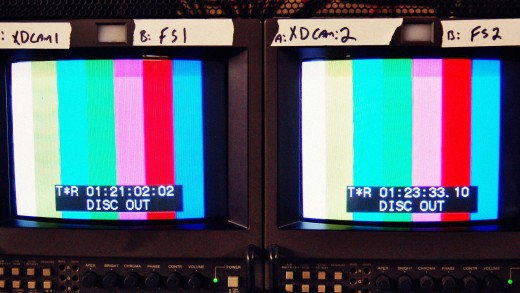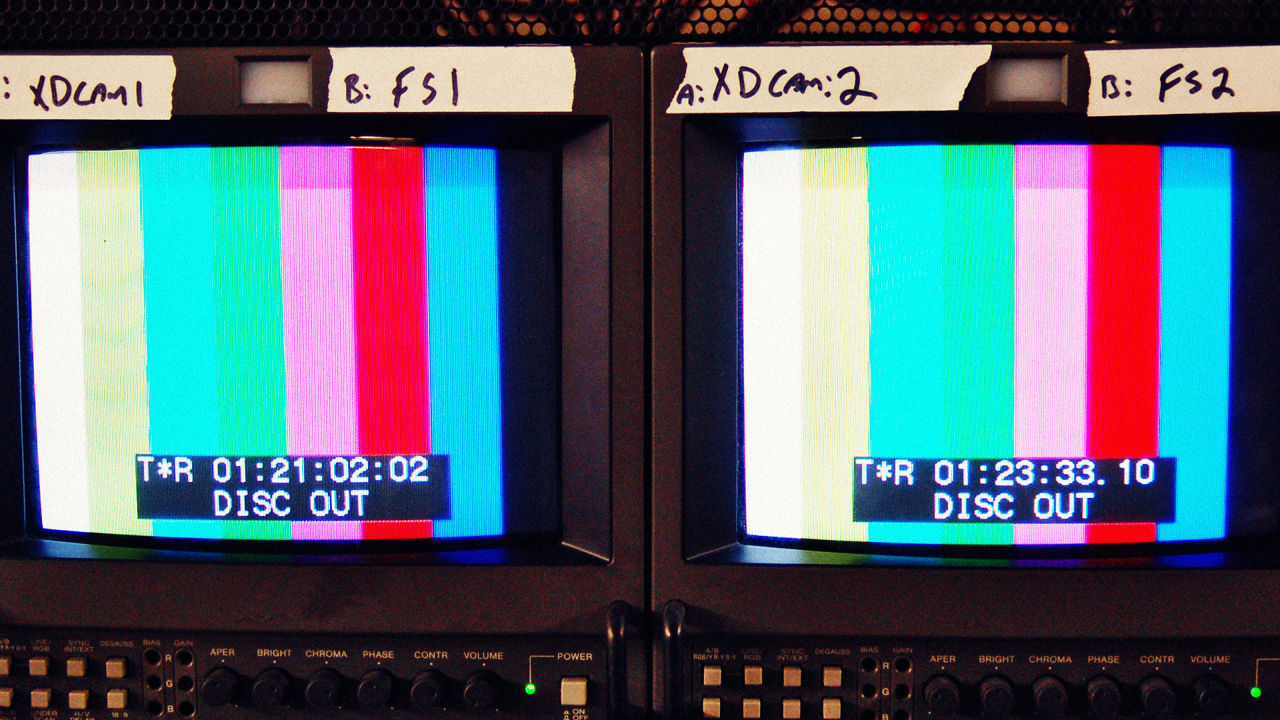Can subsequent-generation Compression shop Streaming Video From Looming knowledge Caps?
The trade should get its act together as the threat of overage charges loom.
December 10, 2015
the traditional wisdom about cable television is that you may’t beat the system.
although you’re subsisting exclusively on streaming video, or supplementing a cheaper cable package deal with Netflix and Amazon top, internet providers are actually threatening to make themselves whole once more thru information caps and overage fees. Comcast is now trying out such caps in additional than two dozen markets, and the industry as an entire is keen to apply, now not as a result of their connections are congested (they’re now not), but because of the revenue potential from individuals who should pay to exceed their monthly allotment. Barring some regulatory intervention, dwelling internet customers will have to have in mind about how so much video they move, particularly as knowledge-hungry 4K video becomes more popular.
Bleak as that sounds, what if knowledge caps are a technical downside ready to be solved? just as smartphones have squeezed out better battery existence via extra efficient shows and processors—slightly than just bigger batteries—in all probability better video compression might store folks from a nightmare state of affairs of regular overage prices.
now not most effective is this imaginable in theory, but moderately a number of groups are seeking to pull it off. the only query is whether the business as a whole can agree on solutions ahead of house web knowledge caps grow to be truth.
A Stagnating standard
In basic video compression, the trick is to determine how a lot of the image stays the identical from one frame to the next. as an alternative of storing each pixel of each body, compressed video tries to simply store what adjustments.
the most well-liked compression structure, referred to as H.264, is greater than a decade old, and ripe for replacement via one thing more environment friendly. unfortunately, no one’s yet agreed on exactly methods to do it.
a pair years in the past, a successor known as H.265, or excessive effectivity Video Coding, emerged as an ordinary. however while it promises twice the efficiency of H.264, and is already utilized in 4K streams from Netflix and Amazon, adoption shouldn’t be standard in hardware reminiscent of set-high containers and amongst streaming services and products.

That’s partly for the reason that format is clouded by using patent licensing considerations. As Ars Technica reported in July, H.265 has two teams making royalty claims—MPEG-LA and HEVC increase—the latter of which wants zero.5% of all income generated by way of streaming. via comparison, H.264 doesn’t draw any royalties from free streaming products and services like YouTube, and puts a cap on annual royalties for paid products and services. on condition that H.265 requires new hardware—it can be no longer backward-appropriate with the phone for your pocket or the 1080p television on your bed room—the business is understandably skittish about jumping in. It’s a rooster-and-egg state of affairs the place streaming services avoid the new format, and so device makers steer clear of helping it.
“whilst you don’t comprehend what you’re going to pay, as a result of there’s a bunch of uncertainty available in the market, you’re going to lengthen if truth be told striking that in hardware,” says Gabe Frost, executive director for the Alliance for Open Media, which is making an attempt to create a royalty-free H.265 various. “as a result of once it’s in hardware, you’ve already bit the bullet.”
Freedom From Royalties
The Alliance for Open Media formed in September, with heavyweights Amazon, Google, Intel, Microsoft, Mozilla, Cisco, and Netflix as founding participants. The staff’s plan is to create something like H.265, however with out royalties or patent headaches.
Frost says that is most effective that you can think of by using working backwards from how video formats and codecs (device that compresses and decompresses video) are typically created. each member of the team has pledged to make their contributions royalty-free, and an important a part of the work involves vetting these contributions to make sure they are no longer susceptible to violating present patents. The Alliance will simplest get to building precise products as soon as it’s sorted via these issues.
“the will is to vary the way in which these codecs are performed, and deal with the [intellectual property] concerns up front,” Frost says.
the idea of a couple of tech titans joining forces to make a free compression scheme virtually seems too Kumbaya to be proper, but bear in mind the businesses concerned would all benefit even with out royalties. For a company like Microsoft or Google, which ferry heaps of knowledge to and from the cloud, better compression would reap giant savings.
“We see what’s going down lately with the royalty uncertainty, and the the reason is, these teams of firms have come collectively is that all of them have a business influence in now not being able to transfer forward,” Frost says.
The Alliance’s greatest difficulty, then, may well be convincing hardware makers to undertake whatever the team comes up with. The teams accumulating royalties now embrace trade-best hardware corporations like Apple, Samsung, Sony, and LG, and they is probably not as desirous to adopt possible choices.
“At this stage, the Alliance of Open Media has issued best a announcement, is but unproven in the market, and has not won any momentum in media consumption units,” says Frederick Savoye, vice president of the personal computer industry for RealNetworks, which is building its personal proprietary layout known as RMHD. “the actual challenge will come when the Alliance starts discussions with the industry best tool producers, because most of them are members of the MPEG-LA video patent pool.”
nonetheless, Frost says it’s essential to offer a decision. “we predict a next-generation codec from the Alliance answers this name for option from the industry, and our membership—who every have made a royalty-free dedication—reflects that,” he says.
don’t get Overexcited
despite the fact that the Alliance achieves its dream of royalty-free, fine quality streaming video, it will take a while. The group plans to have a specification ready in late 2016 or early 2017, and hopes hardware makers will adopt it in the 2017—2018 timeframe. within the intervening time, several teams are looking to squeeze more bandwidth out of codecs that exist already.
Beamr, as an example, says it may reduce bitrate of H.264 video by means of 20% to 40%, and it’s already utilized by streaming products and services Crackle and M-Go. V-Nova works similarly, and has been providing its products and services to internet suppliers who have their very own video options. both technologies function an algorithmic sleight of hand, figuring out find out how to scale back bitrate in ways that users won’t understand.
In talking to those firms, they’re satisfied to extoll the significance of standards and the work that the Alliance for Open Media is doing. but in addition they stress that they are able to transfer sooner, and don’t require new investments in hardware and infrastructure.
“in reality, what we’re promoting at V-Nova is just not an algorithm or royalties, we are in truth selling working software, optimized to run on present hardware in actual time,” says Guido Meardi, CEO of V-Nova.
the good news is that compression needn’t be a 0-sum game. even if the business agrees on a subsequent-era format like H.265 (HEVC), or whatever the Alliance for Open Media is engaged on, there’s room for development beyond the format itself.

“The problem is that there’s a basic constraint throughout the limits of the codec,” says Mark Donnigan, Beamr’s vp of gross sales and market development. “with out innovation like what we now have developed, which is if truth be told outdoor of the encoder, out of doors of the codec, [H.264 has] actually long gone as far as it may well go. the identical trajectory is going to occur with HEVC.”
nonetheless, solutions like Beamr have their own roadblocks. Donnigan factors out that streaming services would have to re-transcode their whole video libraries to adopt Beamr. those services and products tend to retailer multiple variations of their movies at varying traits, so they may be able to swap between them according to the consumer’s bandwidth.
“You just start multiplying it out, and you realize that you’re talking 1.5, perhaps 2 million hours of content that must be optimized, so it takes time,” Donnigan says.
It just takes time may neatly be the mantra of all compression efforts, however at the least it’s an issue the industry is making an attempt to resolve. but will internet suppliers wise up and scale back knowledge limits further if compression improves? V-Nova’s Meardi means that is not going to be necessary, as more environment friendly video will only elevate individuals’s thirst for prime-bandwidth applications.
“As quickly as you lower the marginal price, there are such a large amount of extra things that you are able to do which have a price, that right away demand skyrockets,” Meardi says.
Like a extra gasoline-environment friendly automotive that finally ends up putting on a lot more miles, the cruel twist is that higher compression may most effective encourage extra information use within the age of capped internet. Beating the system could be trickier than we notion.
[tv monitors: Gary Paul Lewis by way of Shutterstock]
(41)














